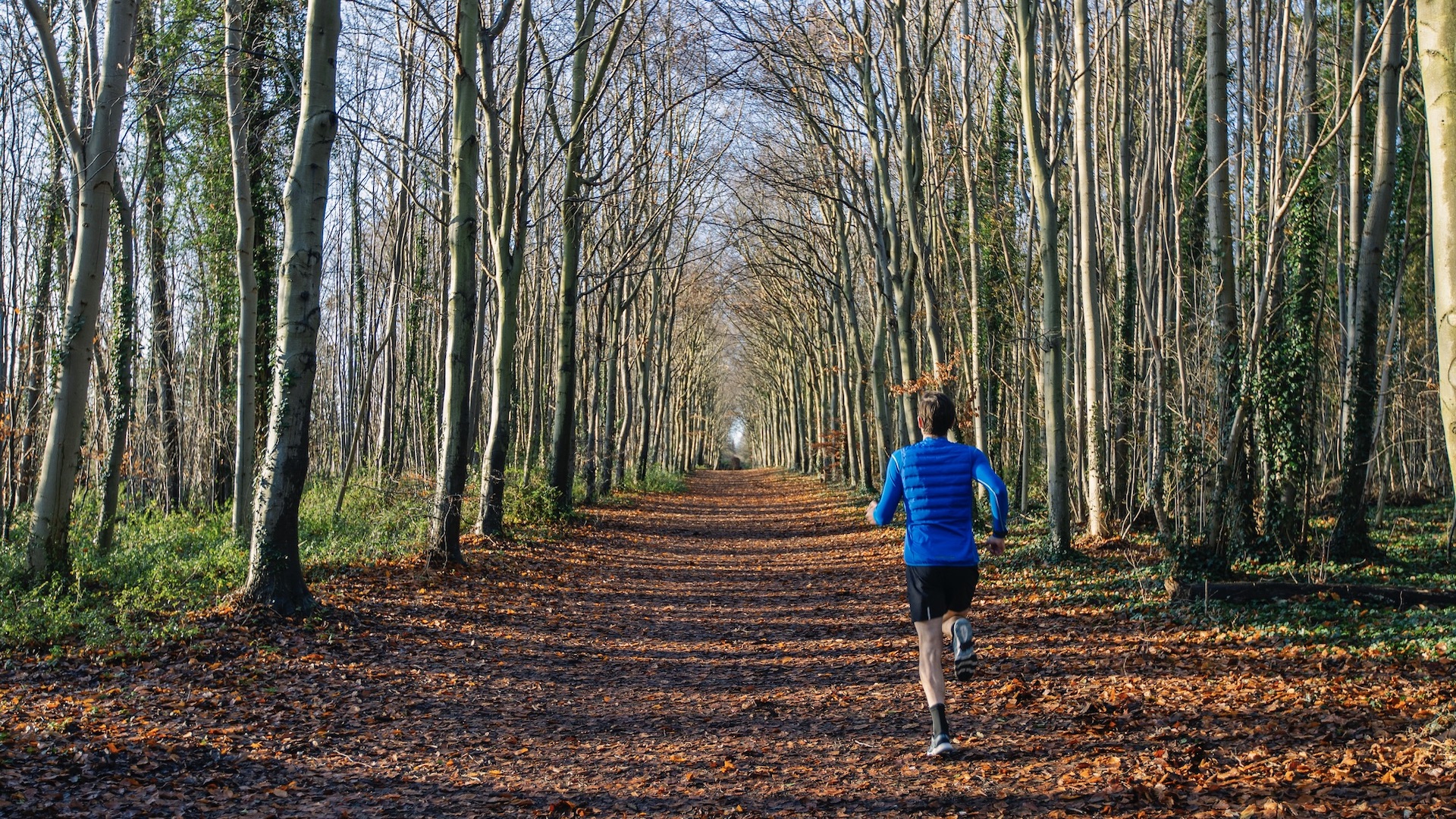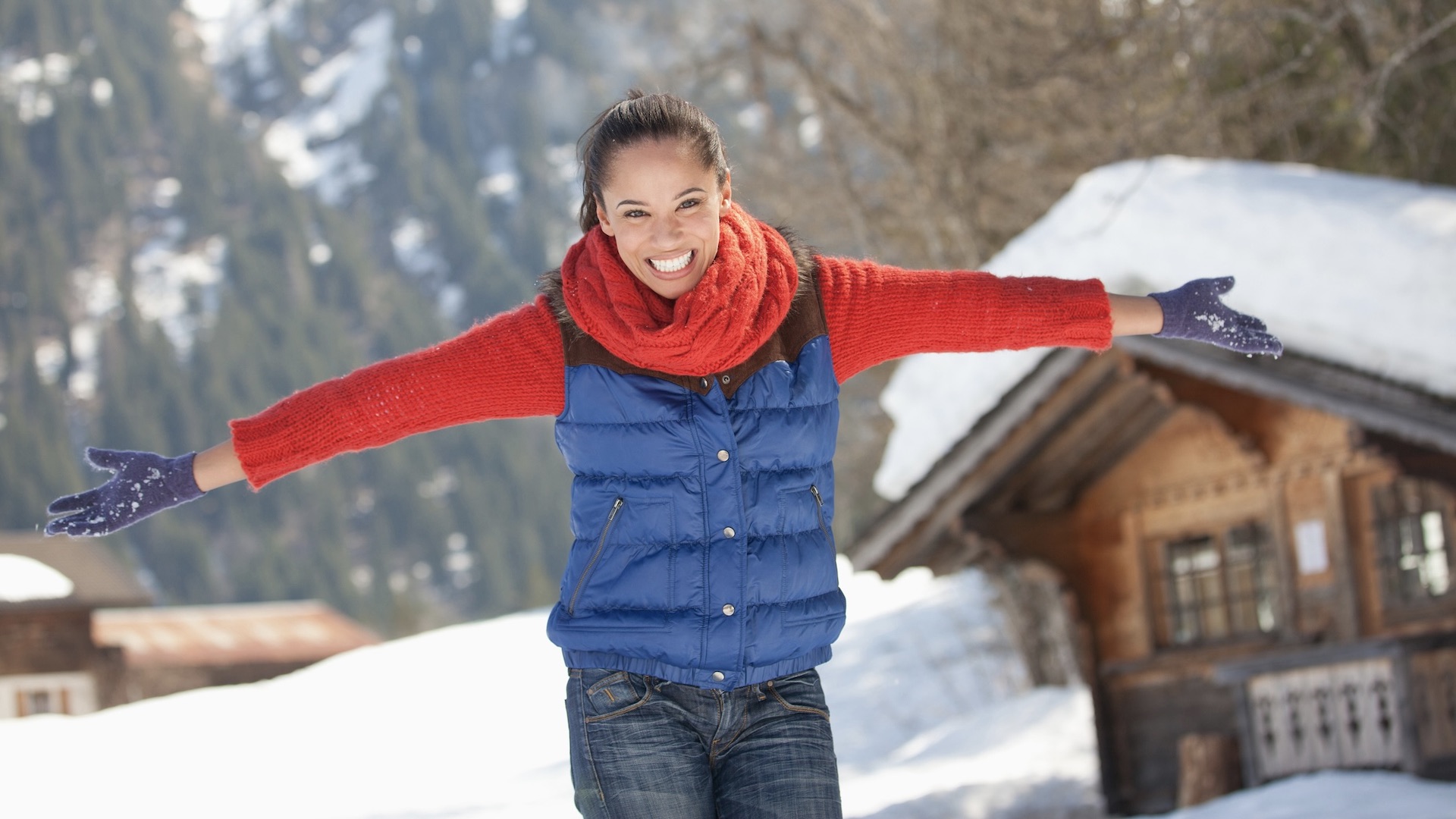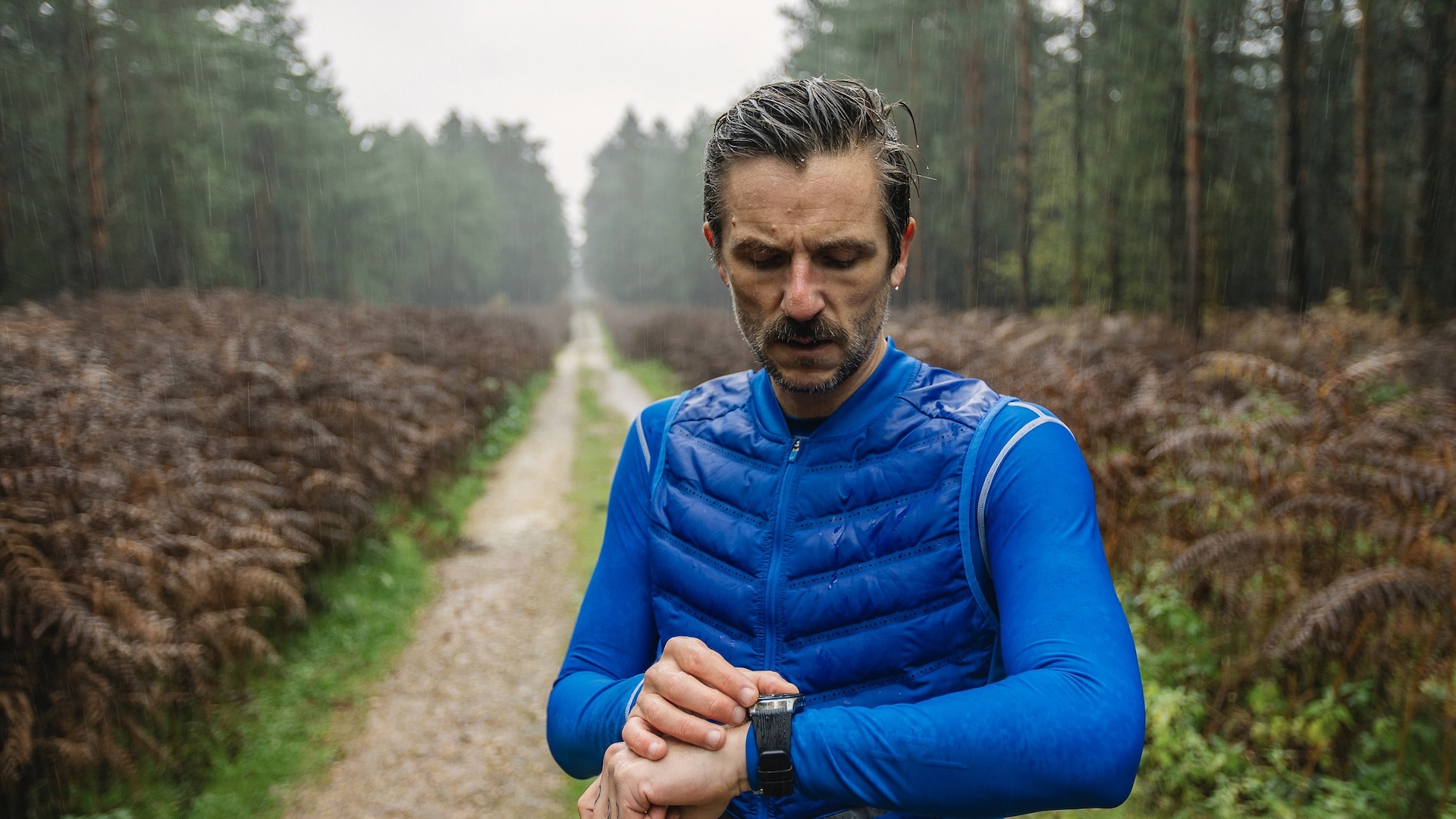How to wear a gilet – get the most out of your down vest
Could this garment be the one that has been missing from your outdoors clothing wardrobe?

A gilet (or vest, if you're in the US) is like a jacket without sleeves, or a vest, but with a zip and for outerwear. No doubt you will have seen gilets for sale in outdoor or sports shops but perhaps you have dismissed it as a fashion item, or a garment that has limited uses. Yet, in many situations, a gilet can be a very useful piece of clothing. We reveal more about how to wear a gilet.
The basics of a gilet
A gilet might be called a vest or a bodywarmer but they are essentially the same type of garment and can be worn as an outer layer of clothing, or a mid-layer. A gilet looks like a jacket but has no sleeves. Most gilets have a full-length front zip.
A gilet can be made with waterproof fabrics, a windproof fabric or from other materials such as fleece. A gilet might also take the form of an insulated layer.
Gilets are designed for a range of activities, such as cycling, hiking and running.

How to wear a gilet
Most people wear a guilt over a baselayer, whether this is a short or long-sleeved base. You could also add a gilt on top of several layers of clothing as a way to protect the torso from the cold.
A gilet can serve as a useful mid-layer, too. In this case, you would wear a gilet over your baselayers and under a waterproof or insulated jacket.

Benefits of a gilet
A gilet provides an extra layer of warmth whether it’s worn as an outer layer or a mid-layer. It helps to keep the torso warm, which then maintains your overall core body temperature.
All the latest inspiration, tips and guides to help you plan your next Advnture!
For example, if it’s a chilly day but it’s not cold enough to merit a full winter jacket, you could choose to wear a gilet. In this way, you’ll gain body warmth by protecting the torso from the wind and cold, yet you will also avoid becoming over-heated because the arms are more open to the elements.
A gilet can also provide a layer of protection against the wind when you start out on a bike ride, run or hike. Many people feel cooler at the start and by wearing a gilet you can happily warm up. Then, when you feel a bit over-heated, you simply remove the gilet and carry it with you.
A gilet is usually smaller and lighter than a full jacket so it’s a great asset if you don’t want to carry too much kit when running, hiking and cycling, especially bikepacking.
If you need more warmth on a very cold day, a gilet gives an extra layer but without bulk. So, you could choose to wear the gilet over your baselayers and under a waterproof jacket or a down jacket. The torso gets the extra layer of warmth, while allowing the arms a greater freedom of movement.

A gilet in all seasons
A gilet is not just a useful garment for winter. It can be coupled with short-sleeved baselayers in spring and summer to add a bit of protection from the elements.
You can also buy gilets in different thicknesses and weights. So a lightweight gilet that provides some wind and water resistance will be the best choice in the summer, while a more insulated and windproof gilet is a better idea for autumn and winter when you need more more warmth.
If you plan to be outdoors, whether for hiking, running or cycling, and you stop for a short break, a gilet can be a useful layer of clothing to add to maintain heat. You can take it off and stuff in a backpack or pocket when you get going again.
How to choose a gilet
Look for gilets that have been designed for specific activities. If it's a cyclign gilet, the design may include a rear pocket for carrying small items. The rear hem will be lower to give good coverage of the back when you are bent over a bike.
A gilet for winter sports, such as skiing gilets and hiking gilets, will be more likely to be insulated. This could be synthetic or natural down insulation. The aim is for good warmth around the torso.
A gilet for running will be lightweight and breathable. It should offer wind and light rain protection. Look for a running gilet that fits neatly so it doesn't flap around as you run.
Gilets are also sold as women's gilets and men's gilets. It's useful to buy one to give a good fit.
Many people find that once they discover the gilet it becomes an important part of their outdoors wardrobe.

Fiona Russell is a widely published adventure journalist and blogger, better known as Fiona Outdoors. She is based in Scotland and is an all-round outdoors enthusiast with favorite activities including trail running, mountain walking, mountain biking, road cycling, triathlon and skiing (both downhill and backcountry). Aside from her own adventures, Fiona's biggest aim is to inspire others to enjoy getting outside and exploring, especially through her writing. She is also rarely seen without a running skort! Find out more at Fiona Outdoors.
